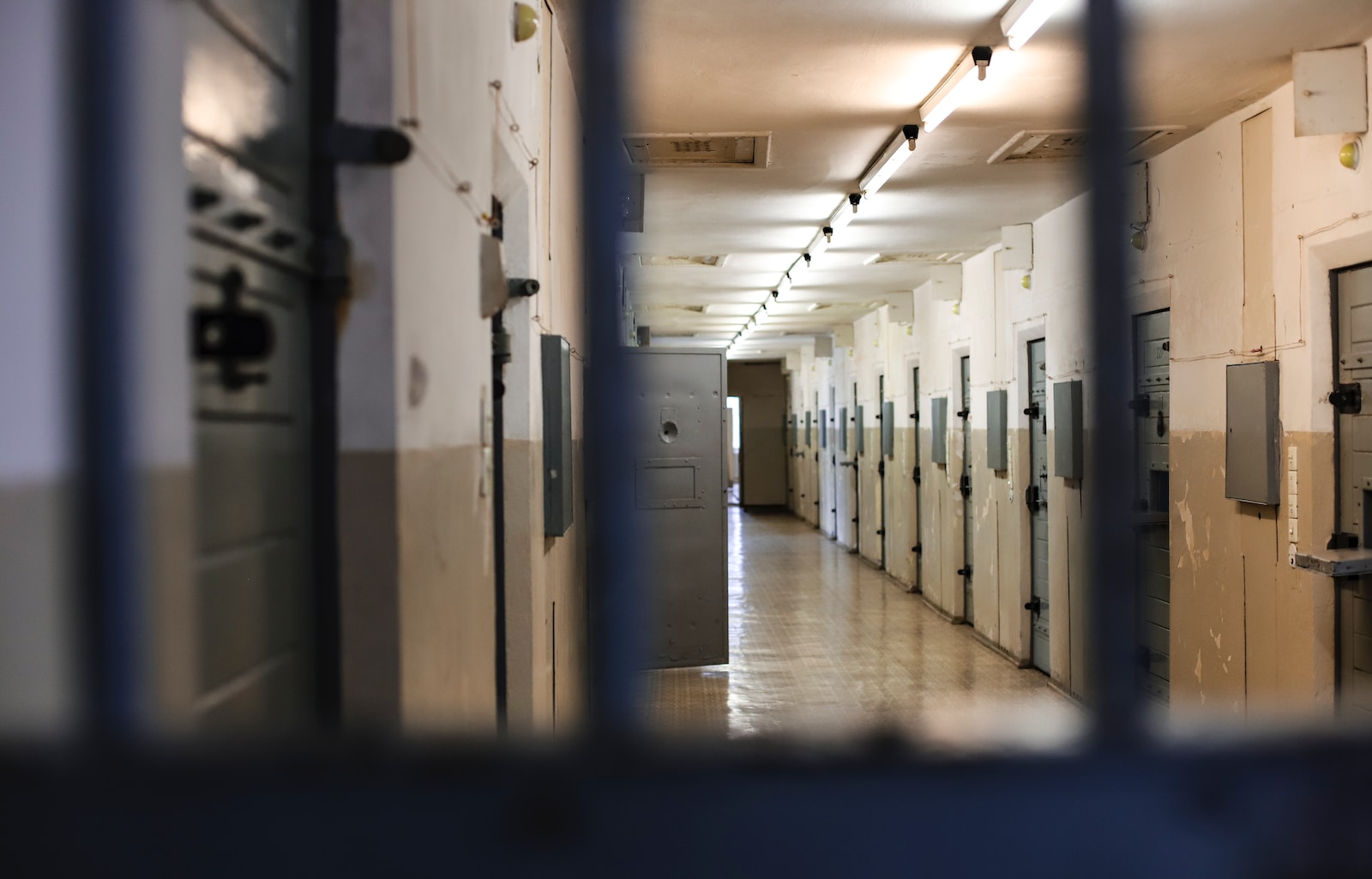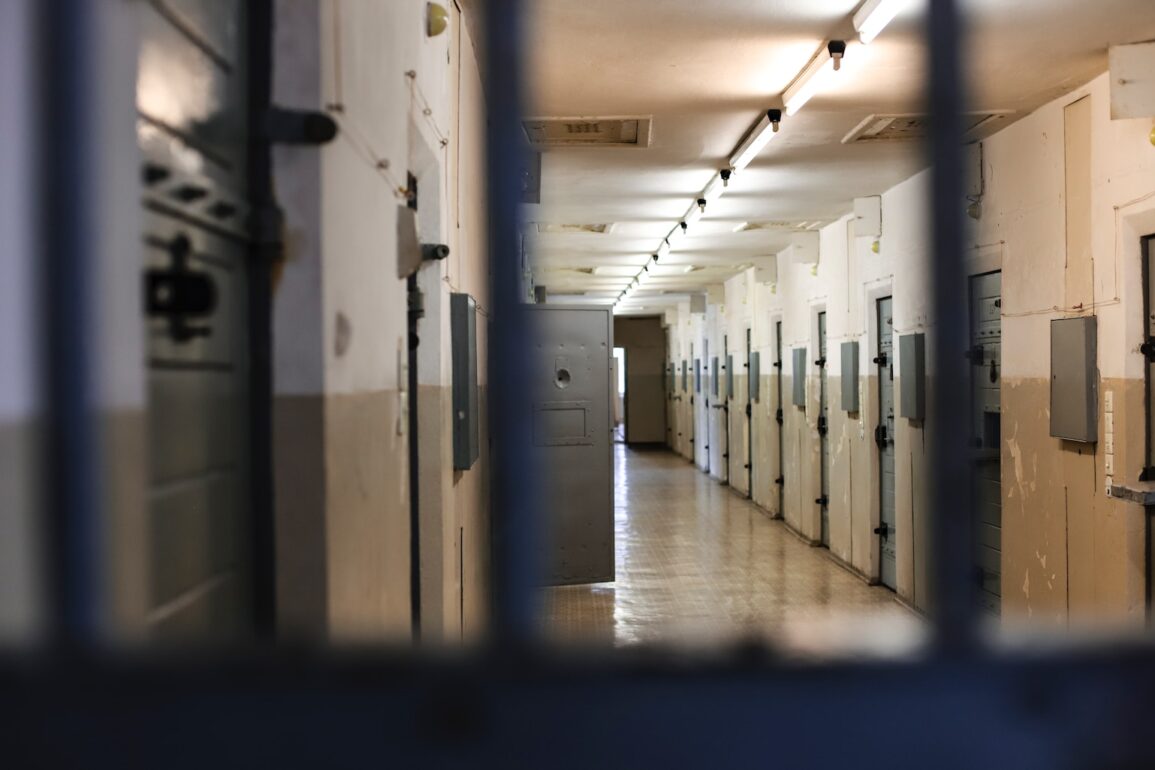
David Gauke is a former Justice Secretary, and was an independent candidate in South-West Hertfordshire at the 2019 general election.
We should talk about prisons and spending.
I am not the first person to do so of late. Matthew Parris touched upon it in The Times last week. He quoted Tim Leunig, who wrote about it in his substack account. He, in turn, linked to a piece by Stuart Hoddinott for the Institute of Government.
All three pieces make the same point – and it is a one that I am going to make too. But it is, in my opinion, a point worth making.
Messrs Parris, Leunig and Hoddinott argue that, if one looks at the overall public spending plans, there will be significant and implausible cuts in spending on prisons.
The focus on prisons spending is as a consequence of the Autumn Statement in which the Chancellor of the Exchequer used the additional tax revenue collected because of higher inflation to reduce taxes. He was able to do this because he was willing to ignore the fact that higher inflation does not just bring in higher amounts of tax, but also increases the costs of government departments. Those that have had their budgets set in cash terms are able to buy less with the money they have. In broad terms, departments as a whole now have £20 billion a year less to spend than they thought since that £20 billion has been used to cut taxes instead
Fair enough, some might say. Taxes are at record levels (and still at record levels after this cut) and spending had been increased by quite a bit in the 2021 comprehensive spending review. Spending a bit less and taxing a bit less is what Conservative governments are supposed to do, it is argued.
That sounds reasonable enough in the abstract. But then let us look at the specific and, in particular, at our prisons system. Prisons are not a protected area of spending as health and education are. Even if departmental spending as a whole is going to increase in real terms, unprotected departments will see real terms cuts. That is what faces the prisons system.
We could, of course, imprison fewer people. Imprisoning 20 per cent fewer people would do the trick, according to Leunig. There is much to be said for doing that. The prison population has doubled since Margaret Thatcher’s time in office and there is plenty of evidence to suggest that prison is a lousy way of reducing reoffending. Most of Europe manages to get by with much lower prison numbers per head of population than we do.
During recent weeks, the Ministry of Justice and the Sentencing Council have moved away from short custodial sentences for relatively minor offences. That is to be applauded, but we should not overstate their significance. To the extent that this will make a difference to the prison population, the move will merely slow the growth, not reverse it. We are still set to see the prison population rise from 82,000 at the beginning of the year to between 93,000 and 106,000 by 2027 (it has already gone up by nearly 6,000 this year alone). The politically unpalatable reality is that the huge growth in the prison population is caused by serious offenders are getting much longer sentences. There is absolutely no sign that this will be reversed.
In other words, not only is the prison budget going to be cut in real terms, it is also going to have to deal with higher demand. Hoddinott has calculated that, taking into account the additional demand, prisons will face three years of cuts of 6.7 per cent a year from 2024/5.
This takes us to the second approach. Just do the cuts. Reduce the staff, get cheaper prison food, cut back on prisoner training and rehabilitation; perhaps we could remove some the scanners used to stop drugs or phones or weapons into prisons.
Believe it or not, this is likely to be problematic. The current prison system is already in a very fragile state. Prisons struggle to recruit the prison officers they need; prisoners spend too much time locked up in their cells and not enough time receiving training for employment; and our prisons are already overcrowded and at capacity.
We have been here before. This is not the occasion to debate the merits of austerity, other than to say that, post the global financial crisis, we had a structural deficit that had to be reduced and departments like the Ministry of Justice (MoJ) clearly had to make a contribution.
Having said that, we clearly had a problem by 2016. I was Chief Secretary to the Treasury at the time and the MoJ, although a relatively small department, was one of my biggest headaches. It had taken proportionally bigger cuts than any other part of government and the number of prison officers had been reduced from 24,830 in 2010 to 18,327. The strain was showing. It did not help that Spice, a synthetic drug that was relatively easy to smuggle into prisons, had arrived in the UK. Criminal gangs had grown increasingly active within prisons. Violence by prisoners directed to other prisoners and to prison officers was on the rise; as was suicide and self-harm.
The Justice Secretary at the time was that evangelist for the small state, Liz Truss. But she made the case for additional funding to recruit 4,000 prison officers. Without them, she argued, we would lose complete control of our prisons resulting in riots, deaths and the destruction of much of the prison estate. It would be politically and financially catastrophic.
These are the types of arguments that the Treasury hears all the time. Shroud-waving it is called. But on this occasion, Philip Hammond, the Chancellor, and I were convinced. Truss got her money, and without it our prisons would be in an even worse state today. Certainly, when I found myself doing her job as Justice Secretary (and she was doing my job as Chief Secretary), I was appreciative of her lobbying and our decision.
The point is that when it comes to prisons spending, you can only squeeze it so hard before you are incurring very great risks. If you have prisons which are dirty, over-crowded, insecure, unruly and under-staffed, things can go very badly wrong. Even as it is, we have been fortunate riots that have proven a rarity. Cut 6.7 per cent a year from the budget and they become almost an inevitability.
For this reason, it is simply implausible to argue that – whoever is in government after 2024 – the current prison spending projections will be what will actually happen. The position on prisons is perhaps starker than other parts of government, but similar arguments can apply elsewhere.
One can see the political strategy. Labour does not want to be seen as the party of higher taxes, and so cannot oppose tax cuts. And the Conservatives are more likely to be comfortable in maintaining that they will stick to their spending plans. It is even possible that Jeremy Hunt might double down on the strategy in March and announce further spending cuts to fund a reduction in income tax (that is probably the only way such tax cuts can be “afforded”).
But it is all a fiction. Spending is going to be tight in the next Parliament, but drastic cuts are going to be much harder to deliver than 2010 afters years of real terms increases. The question is whether the tight spending is going to be accompanied by higher taxes or higher borrowing. And neither party wants to answer that.
This post was originally published on this site be sure to check out more of their content.









